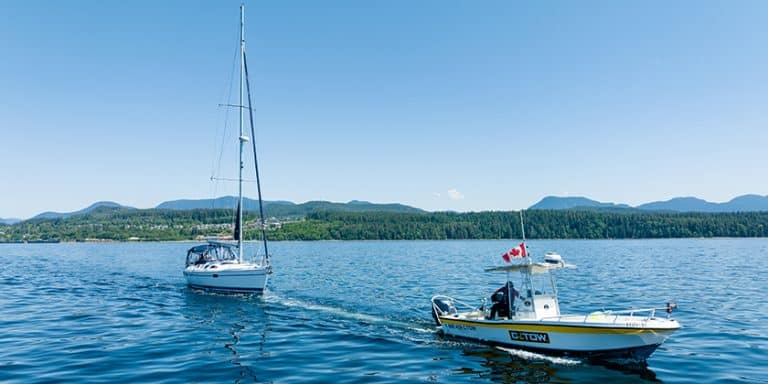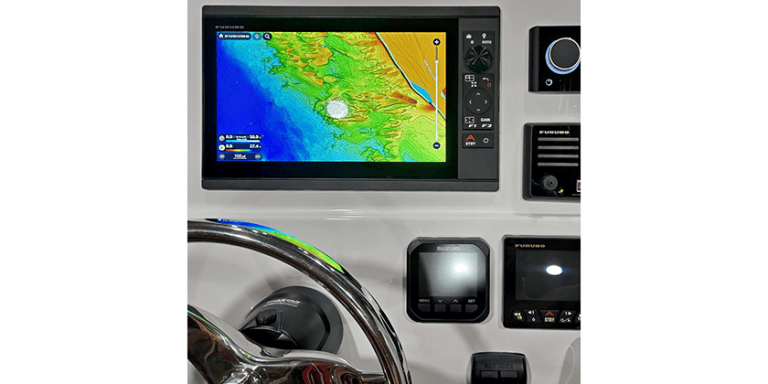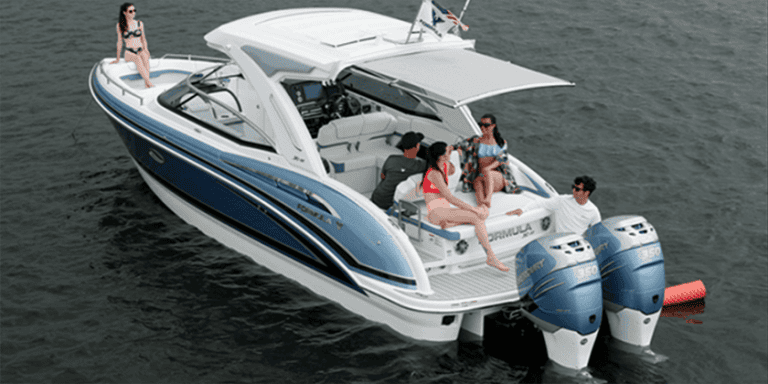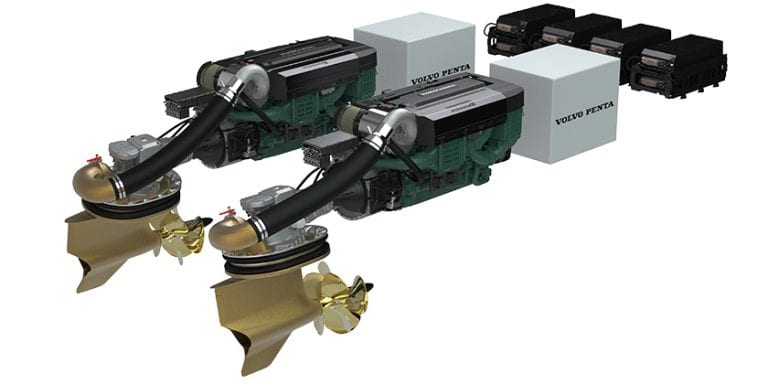Upgrading to Satellite TV
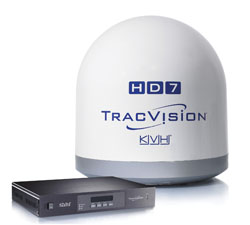
In keeping with our ‘extending the season’ theme for the September issue of Canadian Yachting magazine, we wanted to suggest "Upgrading to Satellite TV" systems for your boat.
It is perfect timing. The new TV season is starting, lots of great new shows will premiere and the days will start getting shorter; a perfect excuse for getting cozy in the cabin and watching TV, especially if you have a heating system! (See How To and DIY, Electrical).
At dockside, the better equipped marinas can offer cable TV service, but many places don’t have this and on the hook, there is no chance to get TV, especially HDTV unless you get a satellite TV system.
There are a few brands on the market, but across Canada, the primary choices come from KVH, Intellian and Raymarine. Each has a selection of satellite receivers in different sizes to suit different sizes of boats and budgets. The great news is that systems start at under $3,000; not cheap but much more affordable than the prices seen even just a few years ago.
We now see flatscreen televisions installed on boats all the time. Most of these are hooked to a DVD player and some have television cable connections to hook up to broadcast TV at a marina, but a satellite TV receiver is always an option. The reason is that different satellite TV providers cover different areas. Some satellite receivers are designed to use specific satellite TV signals.
Keeping life pleasantly simple in Canada, Bell TV is available in most places and there’s a good chance you deal with them at home, so you're probably familiar with their system. You actually use their home-type receiver and that connects to the satellite TV antenna controller you get from KVH, Intellian or Raymarine.
We interviewed Ken Harrison of SummerhillCA who carries Intellian and we fired a series of questions at him, hopefully covering most of the bases you would hit if you were asking.
SummerhillCA's Intellian i2 system starts at $2,995 and the mechanism is really very similar for all the systems on the market. Inside the protective composite dome is a reflector dish mounted on an automated mechanism that is computer guided. Boats are almost always moving. The electronic systems find and lock onto the satellite signal, swiftly moving the receiving dish as the boat rocks or changes direction regardless of sea conditions or the direction of the boat
These are quite sophisticated mechanisms and reliable too, and it should be no surprise that they used to be $8,000 to $9,000. Ken Harrison speculated that the prices are probably at the lowest point such equipment can be offered and from there, the prices rise based on differences in sizes and systems.
In many areas, a 13” dish will deliver good performance, but larger sizes offer greater range which translates into better reception at distances. The signal obviously degrades farther from shore, so the solution is to install a larger size dish which could be an 18”, 24” and larger. Of course, this all depends on the available space you have on your boat to install a larger antenna.
Rain fade is an issue and the larger the dish, the better the system can deal with inclement weather – which is when you want to go below and watch TV. So, bigger really is better in satellite dishes.
Those cruising up the BC coast to Alaska may need a dish up to 24” and that is a big outfit for a large boat. The east coast is not as well served and the weaker signal sometimes requires a dish starting at 18” if you are in Newfoundland, but larger, 1m to 1.2 antenna systems can often find a signal a hundred miles offshore and usually reserved for much larger vessels.
Bell TV uses a Ku frequency system using satellites 91 West for the analog signal and 82 West for the HD signal. The better systems can switch back and forth from analog to HD.
DirectTV uses the Ka band which is higher frequency and can offer better signal quality again but these Ka systems do not receive Ku. Some people will want a Ka system because DirectTV has even more satellites and the more expensive dishes can receive up to three satellites at once for the best reception. Both Intellian and KVH makes systems dedicated to working on the Direct TV Ka satellites.
Can your boat handle a satellite TV system? Satellite dishes are DC-powered and do not draw that much power, but the receiver box from Bell, Dish or DirectTV is essentially a home system requiring 110 VAC, so you will need shore power, a generator or at least an inverter to power that. Also, your flatscreen may be either 110 VAC or a 12 volt DC unit. There are systems small enough to work on a 26-footer, but before you make the decision to go ahead, be sure that dish size will perform well in your area and for your type of boating.
The good news is that for most of the recreational boating areas in Canada, a 13” or 14” system will work perfectly well for most applications starting from 26’ boat and up.
Whatever the boat, the dome should be mounted as high as possible and have a clear path to the satellites, 360 degrees.
Also, many boats as small as 30’ now come with more than one flatscreen TV and so we should point out that if you plan to run two TVs off one receiver, they will get the same signal, not different signals. If you want to tune two TVs independently, you will need two receivers and additional receivers will require the installation of a multi-switch. The same is true if you want both analog and HD at the same time.
Incidentally, Ken Harrison mentioned that these are very complete packages that even a do-it-yourselfer could install successfully, but he pointed out that the RG6 coaxial cable the manufacturers supply is far better quality than coax you get at the discount stores. Always use the manufacturer’s cables. However it is always best to consult with a qualified marine electronics installer before attempting this because if you damage the antenna the warranty may be void.
Another interesting thing is that you can buy an empty dome and mounting hardware for around $500. Apparently, some owners want to ensure the aesthetic balance of their yachts and mount a second dome to be symmetrical.
If you plan to travel with your boat anywhere in North America (and long distance cruising is a great reason to buy a satellite system), check the coverage chart before you choose which system you want.
The systems are totally different in Europe. You can get European systems, of course, but at present there is no one system on the market that receives both European and North American signals.
The last point: these systems are “TVRO” which means “Television Receive Only”. They are not able to connect to the internet…we’ll cover that in an upcoming issue!
By Andy Adams

